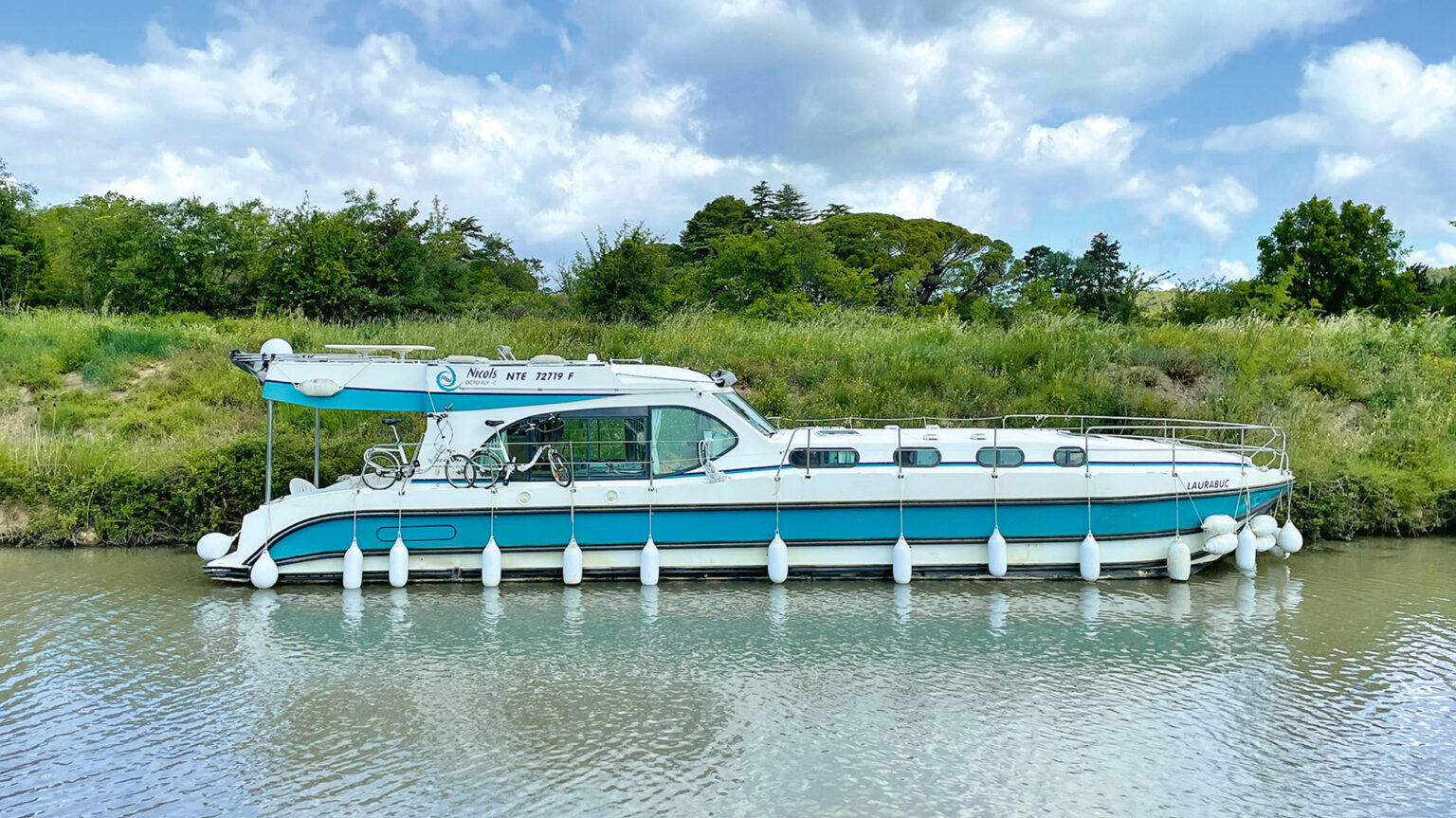Understanding how to manage marine battery power is crucial for any boating enthusiast. The following insights delve into the essential aspects of marine battery systems, ensuring that you can enjoy smoother sailing adventures.
The Importance of Marine Battery Management
Marine battery management is vital to ensure your equipment operates effectively while you are at sea. Effective power management can help prevent unexpected power outages that may disrupt your sailing experience. Keeping an eye on your system can save you from the troubles caused by drained batteries. Efficient power usage is particularly important during a night spent off the grid, as outlined by individuals who have encountered challenges in managing power demands when using expanded vessel amenities.
Understanding Power Supply Options
For a boat’s power system to function optimally, it should be equipped to:
- Store battery power for when mains electricity is unavailable
- Charge the battery and convert it to the suitable type of power for your appliances
- Monitor power usage effectively
Power can be supplied to your boat through various methods: batteries, shore power, a portable marine battery charger, a generator, or renewable energy sources like solar panels.
Types of Marine Electrical Currents
The electricity powering your instruments or appliances can be delivered as 12V or 24V direct current (DC) from the boat’s batteries or as alternating current (AC), similar to that found in homes at 50Hz or 60Hz frequencies. To utilize AC appliances, you will need either an inverter that converts AC to DC or you can plug into the shore power with a suitable cable.
Marine Battery Types
Boats commonly utilize two battery types:
- Starter (Crank) Batteries: These are designed for starting the engine.
- House (Domestic) Batteries: These are used for powering everything else on board.
It is advisable to maintain at least two battery banks—one dedicated solely to starting the engine and the other for domestic power usage. Some boats also employ a third bank for high-power devices.
Battery Charging Essentials
Charging your marine battery consists of three critical stages:
- Bulk Charging: Charges the battery at a constant rate until it reaches approximately 70%, taking around 5-8 hours.
- Absorption: Completes the remaining 30%, which may take an additional 7-10 hours.
- Float Charging: Maintains the battery at a lower level to compensate for self-discharge.
Utilizing a smart battery monitor can simplify tracking voltage levels, current, and state of charge, alerting you to any potential issues during charging.
Innovative Battery Solutions
The advances in marine battery technology have led to greater endurance and efficiency. Lithium batteries have gained popularity due to their ability to handle higher charge and discharge rates without the risk of overcharging, unlike traditional lead-acid batteries. They also boast longer cycle life, making them a worthwhile investment for serious sailors.
Battery Monitoring Systems
A smart monitoring system helps you keep tabs on power consumption by tracking the voltage, current, and total amp hours used, ensuring that you can effectively manage your vessel’s electrical demands while exploring the waters.
Factors Affecting Battery Life
Battery longevity is affected by several factors:
- Temperature: Warmer conditions can reduce life expectancy.
- Depth of Discharge (DoD): Consistently discharging a battery below a certain level can result in permanent capacity loss.
- Age: All batteries have a finite lifespan, and their capacity will decrease over time.
Regular maintenance is vital in prolonging battery life, including periodic charging and ensuring they are not left in a discharged state for extended periods.
Understanding Your Power Needs
It’s essential to assess your power requirements before upgrading batteries. The electric demand for appliances varies significantly; for example, a high-powered windlass may require significantly more amps than a simple light bulb. Knowing the specifications of electrical devices can aid in strategizing your battery capacity.
| Appliance | Power (W) | Current (A) |
|---|---|---|
| Windlass | 2500 | 200 |
| Light Bulb | 25 | 2 |
Powerboat Setup for Efficiency
Aboard your powerboat, understanding the distribution of electrical systems is critical. Oftentimes, various appliances may be powered through different battery banks depending on consumption and type, thereby necessitating organized management to avoid power loss.
A Transition to Sustainable Energy Sources
Utilizing renewable energy sources, like solar panels and wind generators, can lead to increased self-sufficiency on your boat. This approach allows for more sustainable energy management, reducing dependency on shore power or traditional fuel sources while minimizing operational costs during your adventures.
Final Thoughts on Managing Marine Power
Managing your marine battery power effectively allows for seamless sailing experiences and less worry during coastal adventures. By investing in quality battery systems, staying informed about your appliances, and incorporating renewable resources when possible, boating becomes more enjoyable. At GetBoat, we understand that freedom, adventure, and quality time spent at sea are paramount. Whether you are planning a romantic getaway or a family excursion, selecting the perfect rent a boat option is crucial for creating unforgettable memories. Explore the waters with confidence, knowing that you have a solid grasp of your vessel’s power management.
Every inlet, bay, and lagoon holds unique stories, offering rich experiences that go beyond just sailing. Bring local culture and breathtaking views to life aboard a rental from GetBoat.com.

 A Comprehensive Overview of Marine Battery Management">
A Comprehensive Overview of Marine Battery Management">
